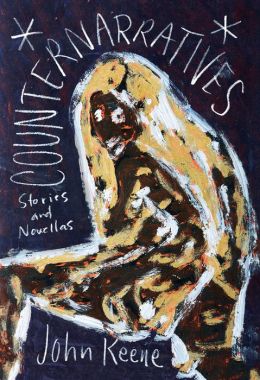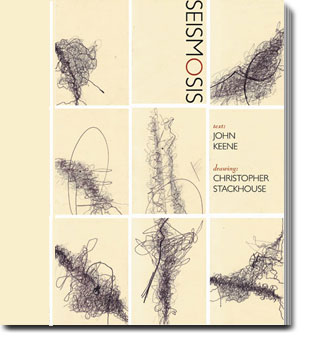 |
| The young Hilda Hilst |
Over the last few months I participated in an online roundtable about Hilda Hilst, whose sublime and sublimely perverse novel Letters from a Seducer (Nightboat Books, 2014) I translated last year. Organized by critic and author Sarah Gerard, the roundtable, which comprised questions posed by Sarah (and translator Caroline Aguiar), and responses by authors, translators, scholars and publishers including Alex Forman, Rachel Gontijo Araújo, Adam Morris, Nathanaël, Stephanie Sauer, and I, does give a deeper sense of who Hilst was, and what she was up to. The conversation is now live at Music and Literature.
One unfortunate aspect of the conversation, however, is that it appears to have been reordered and edited, with some errors inserted, after the fact--by Music and Literature or someone else I'm not sure. Nevertheless, it reflects our real-time online exchanges, and for the most part (or at least my part) did not receive any subsequent polishing. Were we onstage, bodily as opposed to virtually, this is the sort of conversation--without the remixing--you might hear.
One highlight:
Caroline Aguiar: Hilst was willing to explore the limits of language while going deep into aspects such as God and immortality. At the same time, she was deeply connected with the very core elements of human existence, such as passion, comradeship, life, and death, often finding inspiration not only in philosophical books but also books on biology, physics, anatomy, and math. How do you interpret the fact that the public is now more interested and prepared to embrace Hilst’s view of literature than any time before?
Nathanaël: This seems a recasting of the first question of our conversation. As I think a number of us have indicated previously the question of the timeliness of these translations seems to mislead the apprehension one might have of Hilst’s work; John has underscored the degree to which this is already an Anglo-centric question, since Hilst arrived in other languages well in advance of these efforts here; so perhaps the question is one, if it does indeed need to be asked at all—and I’m not personally convinced that it does—of the English language’s belatedness and hitherto lack of receptivity. And the way in which borders between languages are more or less passable. On the occasion of the U.S. film release of Macunaíma in 1968, the U.S. public’s ability to receive the work was, according to one critic, limited by its impoverished understanding of Brazilian specificities and political realities within a larger South American context, with which it was somewhat more familiar. It would seem to me, though, that this kind of limitation is a consequence of a kind of deliberate ignorance. And I am concerned that the same kind of short-sightedness can lead us to congratulate ourselves misguidedly for identifying a particular moment as a zeitgeist. Literature has no time and articulates itself reiteratively with a reader.
Alex Forman: Caroline makes an important point about the elements of the metaphysical in Hilst’s literature, ideas brought over from other fields such as philosophy, math, and science. And though I don’t immediately see the math, I do find biology, and I want to think more about this… I do see a predominant focus on literature itself (the notion of Literature) in a sort of meta-textual writing and the Metaphysical. In the books I have read, there are monster narrators who eat little children; we have children whose living uncles turn into great authors of Brazilian literature (in a game of smoke and mirrors) and narrators who speak from beyond the grave. We have multiple interior voices—some, like John mentioned earlier, come from Hilst’s fascination with recording seance-like encounters with spirits, while others seem to be simply the “voices in our heads” at play in her fascination with mental illness. So many of these elements are in communion with Brazilian culture. They end up being the manifestation of a cultural reality, a stream that runs permanently beneath the surface here, so much so that it is never described but simply permeates daily rituals. Hilst works it all into her literature as fantastical and absolutely natural, absorbed and accepted by her characters in such a way that we, her readers, come to accept it too.




















